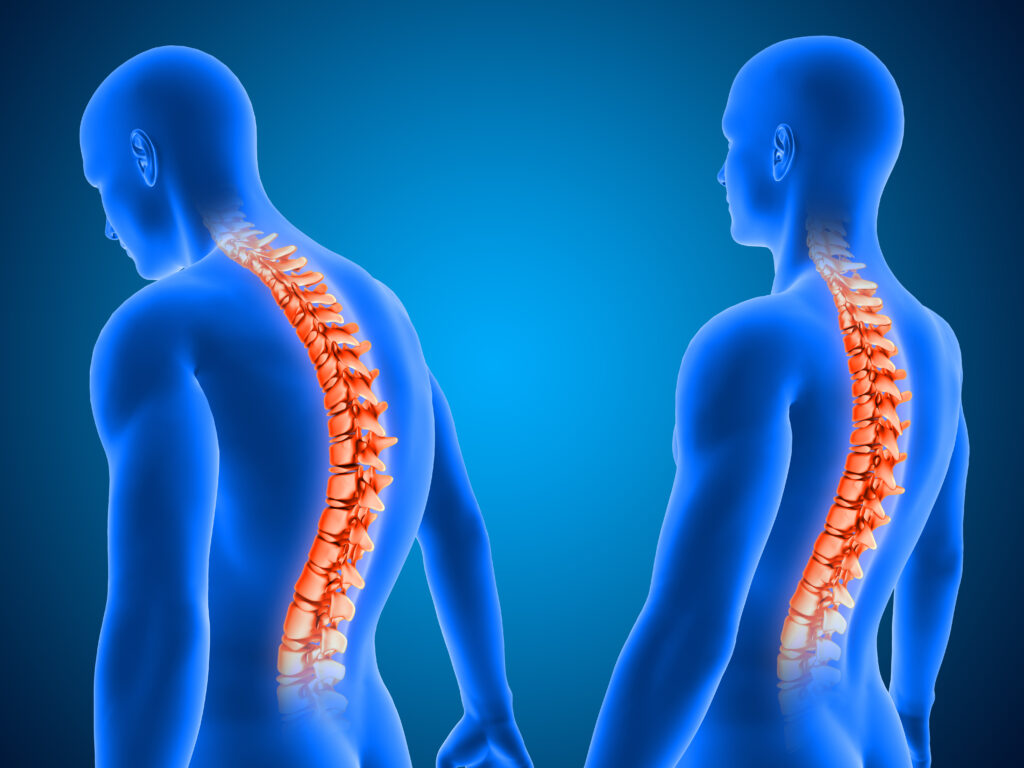October Ortho Awareness Month: Understanding and Managing Back Pain

Table of Contents:
Introduction
- Common Issues with Back Pain
a. Causes of Back Pain
b. Types of Back Pain
c. Risk Factors
- Recognizing and Diagnosing Back Pain
a. Symptoms
b. Diagnostic Procedures
- Treatment Options for Back Pain
a. Non-Surgical Approaches
b. Surgical Interventions
- Addressing Complications and Challenges
a. Chronic Back Pain
b. Psychological Impact
c. Lifestyle Adjustments
- Conclusion
1. Introduction
October is Ortho Awareness Month, and at DH Clinic, we are committed to raising awareness about orthopedic issues. One prevalent orthopedic concern that affects millions is back pain. In this blog, we’ll delve into the various aspects of back pain, from its common causes and types to its diagnosis, treatment options, and the challenges patients may face. Understanding and managing back pain is essential for a healthier and pain-free life.
2. Common Issues with Back Pain
a. Causes of Back Pain
Back pain can be caused by a multitude of factors, and knowing these causes is key to addressing the issue effectively. Here are some common causes:
Muscular Strain: Everyday activities or lifting heavy objects improperly can strain back muscles and ligaments, resulting in pain.
Herniated Discs (Bulging Discs): Discs between vertebrae can herniate or bulge, causing pressure on nearby nerves and leading to sharp, shooting pain.
Arthritis: Osteoarthritis and rheumatoid arthritis can affect spinal joints, causing chronic back pain.
Spinal Stenosis: The narrowing of the spinal canal can compress the spinal cord and nerves, leading to pain, numbness, and weakness.
Trauma: Accidents or falls can result in spine fractures or dislocations, causing acute back pain.
b. Types of Back Pain
Back pain can manifest in various forms:
- Lower Back Pain (Lumbar)
- Upper Back Pain (Thoracic)
- Neck Pain (Cervical)
- Sciatica
c. Risk Factors
- Age
- Obesity
- Poor Posture
- Physical Inactivity
- Smoking
3. Recognizing and Diagnosing Back Pain
a. Symptoms
Identifying the symptoms of back pain is crucial for early intervention:
- Dull, Aching Pain
- Sharp, Shooting Pain
- Numbness or Tingling
- Limited Range of Motion
b. Diagnostic Procedures
Healthcare professionals employ various methods to diagnose back pain:
- Physical Examination
- Imaging (X-rays, MRI, CT scans)
- Nerve Conduction Studies
- Blood Tests
4. Treatment Options for Back Pain
a. Non-Surgical Approaches
Managing back pain often begins with non-surgical methods:
- Rest and Activity Modification
- Physical Therapy
- Medications
- Injections
- Chiropractic Care
b. Surgical Interventions
In some cases, surgical interventions may be necessary:
- Discectomy
- Fusion Surgery
- Artificial Disc Replacement
- Spinal Decompression
5. Addressing Complications and Challenges
a. Chronic Back Pain
Coping with chronic back pain requires specialized strategies:
Pain Management Techniques
Rehabilitation
b. Psychological Impact
Back pain can take a toll on mental health:
- Depression and Anxiety
- Counseling and Support
- c. Lifestyle Adjustments
Proactive steps for managing and preventing back pain:
Ergonomics
Exercise and Stretching
Healthy Diet
6. Conclusion
Back pain is a common issue that can significantly impact one’s quality of life. It’s essential to seek professional help for accurate diagnosis and tailored treatment. DH Clinic is dedicated to supporting you on your journey to a pain-free life. As we observe Ortho Awareness Month, remember that prioritizing your orthopedic health is vital. By spreading awareness and encouraging others to address their orthopedic concerns, we can make a positive impact on the lives of those dealing with back pain. Together, let’s strive for a healthier, pain-free future.
